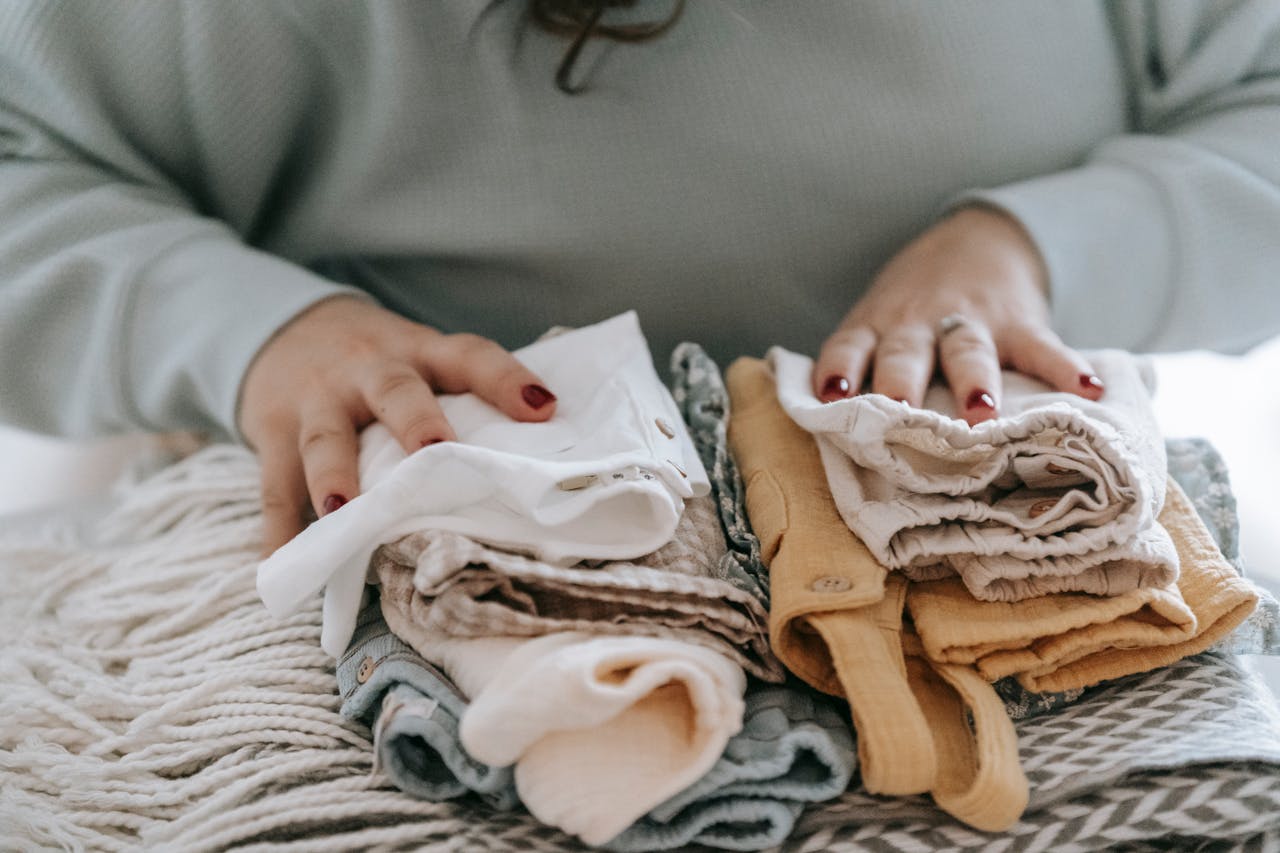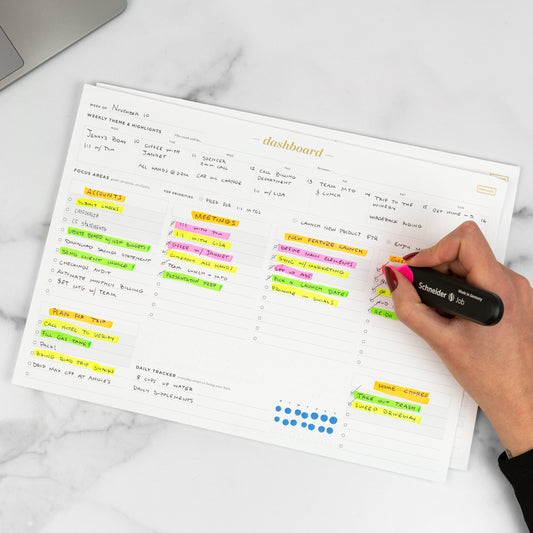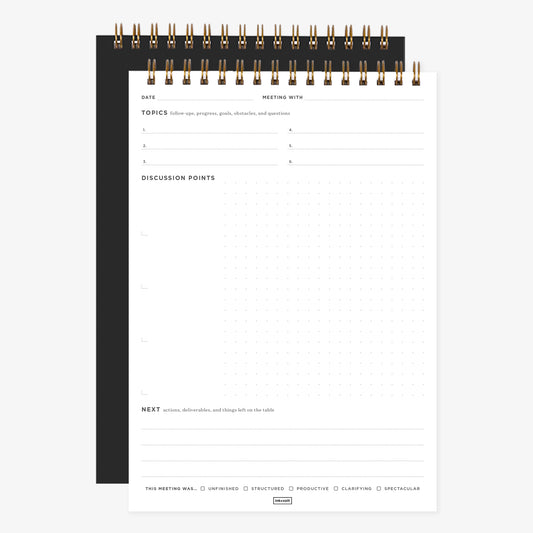If you’re like us, having a clean and tidy house makes you feel better.
Your environment should be your safe place—and sometimes, when it’s cluttered and messy, it can reflect how you might be feeling on the inside, too.
In fact, there’s some science behind the idea of clutter and mental health. A study by Princeton University researchers discovered that clutter can make it difficult to focus on a particular task. According to Forbes, cleaning has mental health benefits, too. Think: a better sense of order and control, familiarity and consistency, and even improved emotional regulation.
So, when it comes to tackling organizing your house, it can feel daunting. We’ve broken down how to approach organizing your home in just 30 days in a way that’s achievable. The spoiler? All you need is 15 minutes a day and a daily habit commitment. Let’s dive in.
Commit to a daily time commitment
Before you get started on any cleaning or organizing, you need to carve the time out of your schedule. We recommend starting with a 15-minute commitment per day because it’s simple, realistic, and easy to commit.
If you find that you have more time, great! You can always adjust and add time as needed. But start small first, and adjust from there. This way, you’ll build the confidence you need. You’ll also start to create a daily habit, which will only grow stronger with time.
Focus on one area at a time
Next, it’s time to prioritize which areas of the house you’ll tackle first. Like any big, hairy project, it’s best to break it down into bite-sized pieces. Try listing out all the areas of your house.
For example:
- Kitchen
- Bathroom #1
- Bedroom #1
- Bathroom #2
- Bedroom #2
- Living/Family Room
-
Office/Kid’s Play Area
Once you’ve done a full inventory of all the spaces in your house, try to think about what’s highest priority to clean and organize. Do you use the kitchen and downstairs bathroom the most? Is your second bedroom a guest bedroom and rarely used? How often are you in the kid’s play area versus the living room?
Try to think about the spaces in order of priority by highest traffic and most use. Then, rearrange your list so you have your priority spaces listed from most important to least important. After you’ve done this, you can pick your focus area.
Here’s the biggest hack: try to only think about that one space at a time, not the house as a whole. Let’s say you’ve picked the kitchen as the highest priority space to organize. You can break down the kitchen into smaller tasks, just like you did with the list of spaces in your house.
For example, if you’re starting with your kitchen, your list of areas to focus on might look like this:
- Organize three drawers a day (silverware drawer, miscellaneous utensil drawer, and kiddie cups)
- Declutter pots and pans in the lower cabinets
- Put away and/or think about donating or selling any unused appliances
- Organize coffee mugs and to-go cups
Each of these tasks that you’re creating should fit within the time commitment that you’ve already made in your first step.
This model can be replicable for each room in your house. For example, in your living room, you can break out tasks like this:
- Organize books and miscellaneous clutter
- Vacuum and clean rug and couch
- Wash and fold blankets
- Put away any toys, shoes, and other items
Use a calendar to create a schedule
Once you’ve created a list of tasks underneath each space in your house, think about how you can now put it into an actionable calendar.
You can use things like a house project pad to get yourself organized on paper. After all, writing it down and writing it out can help immensely to keep your projects on track.
Figure out what you can donate, sell, or get rid of
For each room or space in your house, you might find that you have excess things. It’s important to acknowledge when and how often you’re using items, especially if your closets are stuffed to the brim with clothes you haven’t worn in years.
As you’re creating your subtasks and sublists for each space, consider adding a “Donate, Sell, or Trash” category task. Figure out what you can get rid of.
One good rule of thumb for clothing that we love is this: if you haven’t worn it in a year, are you going to wear it again?
The same could go for appliances, books, or toys. If you have kids, it can also be a good exercise to help your kids get in the habit of finding some of their unused items to donate or get rid of as well.
Ask for help
Organizing your house is a big task. In your house project planner, you can also allocate certain tasks to different family members and/or roommates. Don’t be afraid to ask for help if you need it, especially if you’re feeling overwhelmed.
Happy organizing!
Written by Madeline Miles









